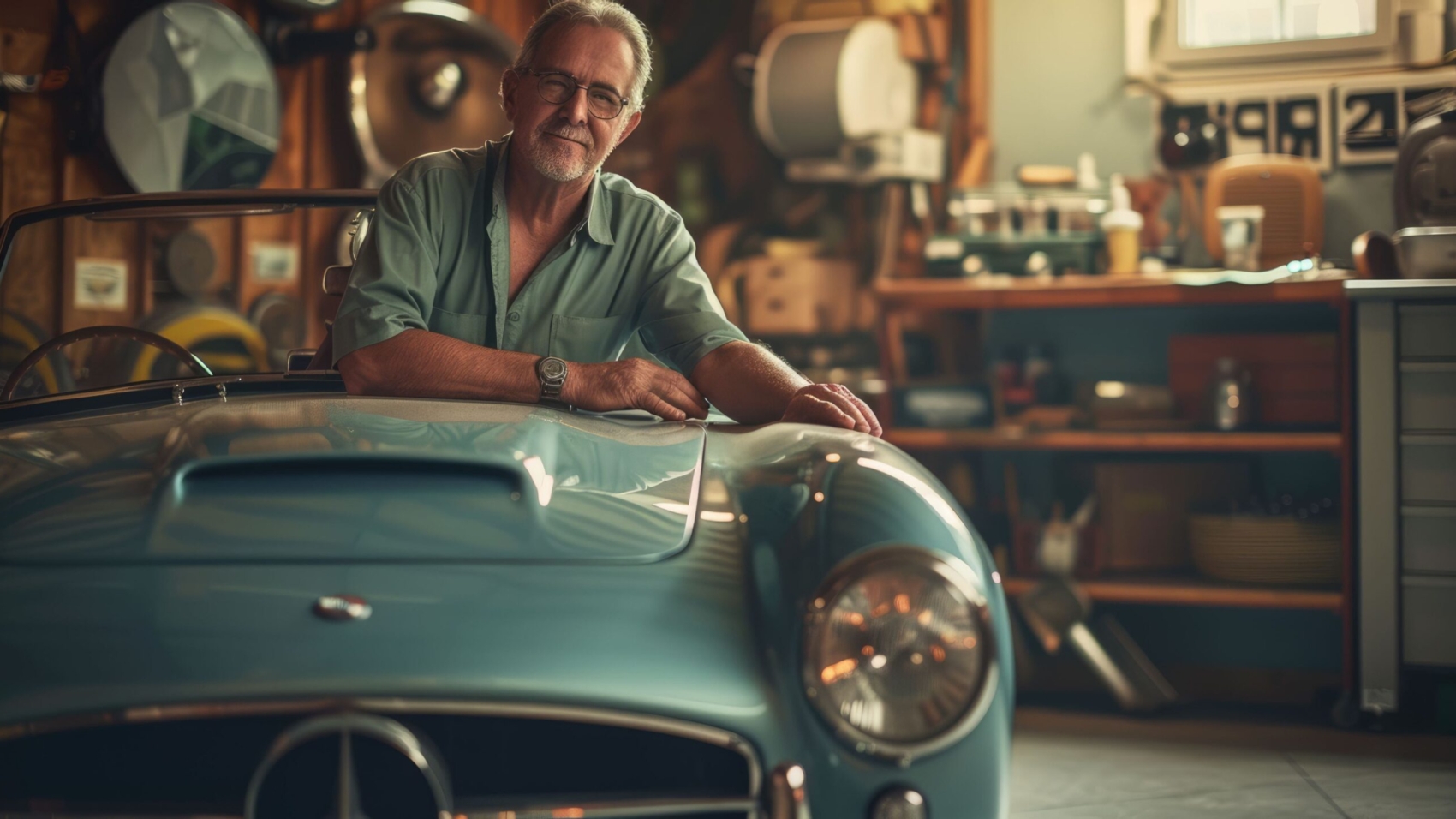Owning a classic car often begins with a dream — the allure of cruising in style, capturing attention, and preserving a piece of automotive history. Yet, as many experienced collectors know, the moment you take possession, that dream often reveals a more complex reality. What starts as excitement can quickly shift into the recognition that classic car ownership involves significant responsibilities, challenges, and unexpected demands.
The Hidden Costs of Classic Cars
While classic vehicles are celebrated for their beauty and timeless design, they often carry concealed financial burdens. A seemingly flawless exterior may mask mechanical issues, such as engine wear, transmission quirks, or hidden rust in difficult-to-access areas. What initially appears to be a perfect restoration can quickly become a source of costly repairs and ongoing maintenance expenses, testing both your patience and your budget.
The Demands of Maintenance
Maintaining a classic car is far more intensive than caring for a modern vehicle. Regular upkeep goes well beyond routine oil changes. Sourcing replacement parts can be difficult, and when available, costs are often high. Additionally, finding a mechanic with expertise in vintage vehicles is a challenge in itself. The thrill of ownership can shift into a demanding routine, requiring time, resources, and dedication that exceed initial expectations.
The Reality Behind the Romantic Drive
Driving a classic car offers undeniable nostalgia, but the experience can come with limitations. Many vintage vehicles feature manual transmissions, rigid steering, minimal safety technology, and a lack of modern comforts such as climate control or advanced suspension systems. What begins as an exhilarating drive can quickly become physically taxing, highlighting the difference between romanticized expectations and everyday practicality.
Preservation Challenges
Classic cars are delicate treasures that demand proper care and storage. Daily use accelerates wear, while improper storage can lead to rust, corrosion, and other forms of deterioration. Maintaining optimal conditions — including climate-controlled storage and regular upkeep — is essential to preserving a vehicle’s value and condition. Without careful attention, what should be an enjoyable hobby can evolve into a continual responsibility.
Balancing Dream and Reality
The initial excitement of owning a classic car often diminishes as maintenance demands, costs, and practical limitations become apparent. Sourcing rare parts, paying for repairs, and adapting to older technology can overshadow the joy of ownership. A car that once represented freedom and nostalgia may gradually feel more like a demanding obligation.
The Verdict on Classic Car Ownership
Owning a classic car requires passion, commitment, and realistic expectations. While the vision of driving a beautifully restored vehicle remains captivating, the reality involves significant time, effort, and financial investment. For those who embrace these challenges, classic cars offer a deeply rewarding experience. However, ownership is best suited for enthusiasts prepared to manage imperfections, dedicate themselves to preservation, and appreciate the unique responsibilities of maintaining automotive history.

